Agronomy: Considerations for Weed Management in 2016: Part 1
One of the founding fathers of the United States is often credited as the source of the phrase “in this world nothing can be certain, except death and taxes.” Scholars and pundits alike have added other “certainties” to this relatively short original list, so perhaps we can enjoy a sense of serenity to suggest another: weeds. Even with all the time and resources expended to control weeds in 2015, one can be reasonably confident this persistent foe will again plague Illinois fields in 2016. As weed management practitioners begin to contemplate plans and programs for next season, a review of [...]
Agronomy: Updates on the Illinois Nutrient Loss Reduction Strategy with IFCA
ISA hosted its first regional ILSoyAdvisor Field Days this year. From August4 – 6, we brought soybean experts to fields around the state to share the latest information, tools and technology producing higher yields and better profitability. The Illinois Nutrient Loss Reduction Strategy (NLRS) was released on July 21. The document provides a framework for reducing nutrient losses from all sources—industry, municipal water sources, lawns, golf courses and farmland. The goal of the NLRS is to reduce nutrients—primarily nitrogen (N) and phosphorus (P)—that flow into streams and rivers. The strategy calls for a reduction of the state’s phosphorus load by [...]
Agronomy: The Road Back to Conventional
Saving a potential $60 per acre requires impeccable management In the vast sea of southeast Arkansas soybean fields, Jason Smith’s Desha County acreage is an island perched in agronomic isolation. Smith is a crop maverick, growing 3,000 acres of remarkably clean conventional soybeans. The path to Smith’s conventional soybean conversion was dictated by economic necessity—the need for a young farmer to save money. “I didn’t get into conventionals for a premium; I got into them to save money on seed costs,” says Smith of SMS Planting Co., Watson, Ark. Read the full story on AgWeb. This article originally appeared on [...]
Agronomy: Profitability Matters: Cutting $100 per Acre in Soybeans
2015 delivered a tough growing season for many Illinois farmers, and lower soybean prices to follow. For incomes to increase in 2016, either commodity prices need to rise or farmers need to cut costs. “Looking at where commodity prices are now, farmers’ costs need to be $100 less in some cases just to break even. They need to focus on their cost structure and see where they can afford to make cuts,” says Gary Schnitkey, Ph.D., professor of agricultural and consumer economics at the University of Illinois. In the kickoff episode of “Profitability Matters,” Schnitkey explains how growers can [...]
Disease Management: Tools to Manage SCN
It’s time to consider seed treatments as a tool to control Soybean Cyst Nematode (SCN). SCN is still the No. 1 pest impacting soybeans in the U.S. We all know the management rules: plant a resistant variety, rotate out of soybeans, control winter annuals (alternate host), scout for presence of cysts and eggs, and, if egg counts in the soil get too high, rotate out of soybeans for 2 or 3 years. SCN is still out there and still a drag on yield, but its importance as a risk to yield seems to have receded from memory because growers are [...]
Agronomy: Understanding Foliar Nutritionals
Finally, harvest 2015 is about over. During this past season we have discussed what worked, what didn’t, what we need to look at next year and what needs to be discarded. One of the most consistent questions I get is about the value of foliar products on soybeans. It is a good question and I want to explore that in this blog. There are a couple of different foliar-type products on the market. Some of them are micronutrient products of some kind, usually in a combination of multiple nutrients. Others are either a biological or “hormone” product, usually made up [...]
Disease Management: Soil Testing and Liming
Soybean harvest is over and corn harvest is almost complete. It really has been a great fall for harvesting crops – warm and dry. Crops came out rapidly and very little corn needed to be dried, which was quite the savings in time of low commodity prices. But fall isn’t over because farmers are taking to the fields to do fall tillage and fertilizer application – and of course routine soil testing. Soil testing is important because it helps you track pH, phosphorus and potassium levels in the soil. The value of regular testing is that it provides a trend [...]
Agronomy: Harvest Report from Southern Illinois
In southern Illinois, most soybeans were planted by the time the wet weather arrived this year. 2015 still held some major challenges for soybean farmers, but despite the obstacles, growers were able to bring in some higher-than-expected yields. Mike Wilson, Southeast Illinois soybean envoy, discusses what farmers can learn from this season to keep in mind for next year. Launch audio >>>
Agronomy: “Old Weeds” are the New Problem
As soybean harvest progressed this fall many farmers noted and commented on the job their herbicide program did on waterhemp. This year it was really apparent on what worked and what didn’t. In many cases it wasn’t so much what was used but when it was applied in relationship to rain events. Needless to say we had fields that were clean right next to fields that were thick with weeds. Many have noted that using glyphosate products had little effect on controlling waterhemp in many locations the past few years. This is due to several factors this year. Weed [...]
Agronomy: Post Season Soybean Evaluation
When it comes to producing high-yield soybeans, knowing the details count. By now most fields of full-season soybeans have been harvested. It probably felt good to combine that last acre of beans for the season and be done. But your work isn’t over yet. As harvest ends and fall work slows down, take time to evaluate how your soybeans did overall and in individual fields. And do this before you make your soybean variety decisions for next season. Mastering soybean production to produce consistently high yields is about understanding limitations and fine-tuning management practices. And it’s true that soybeans [...]

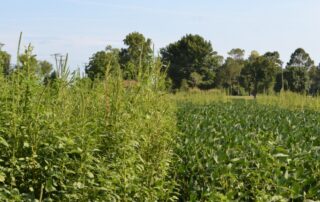
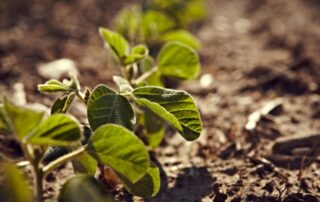
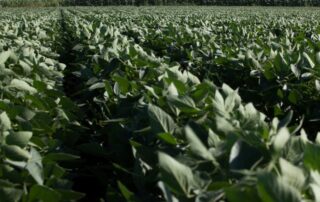
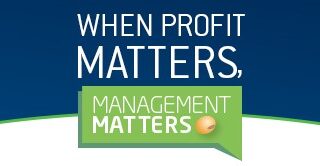
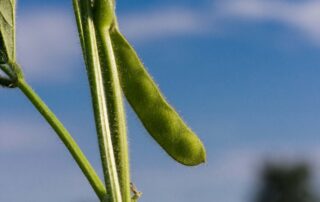
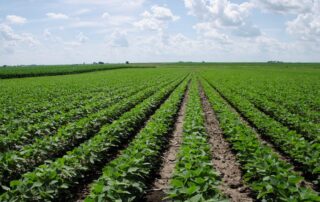
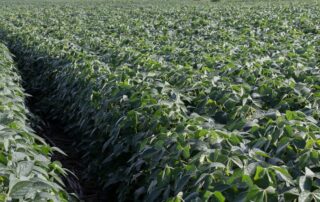
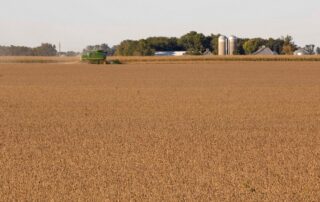
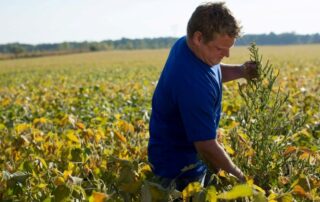
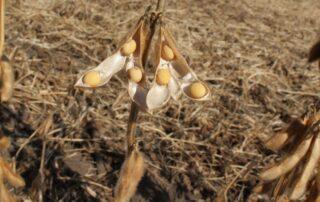

 and then
and then